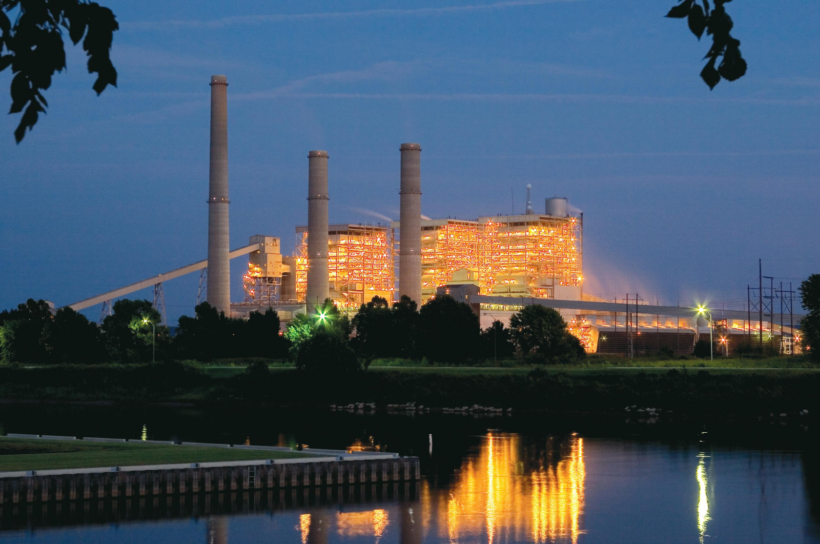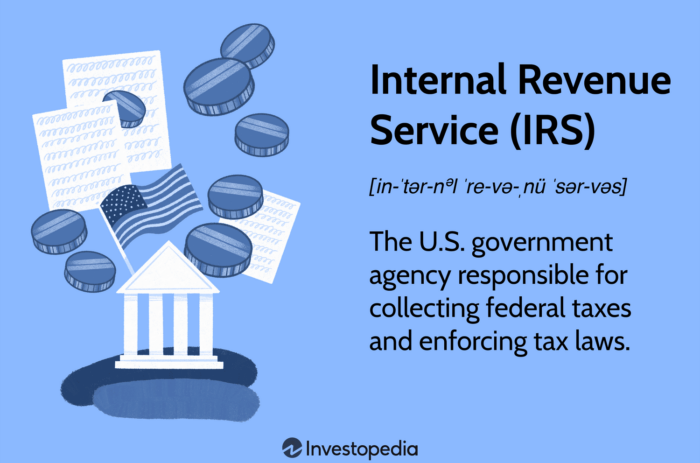
redo Jump to...
print Print...
(by Timothy Cama, The Hill) – A coalition of 24 states and a coal mining company filed lawsuits Friday to challenge the most significant piece of President Obama’s environmental agenda, his signature climate change rule for power plants, which seek to reduce carbon output from hundreds of power plants across the nation.
The litigants accuse the Environmental Protection Agency (EPA) of going far beyond the authority Congress granted to it by ordering a significant transformation of states’ electricity generation, moving away from fossil fuels like coal and toward lower-carbon sources like wind and solar power.
They are asking the Court of Appeals for the District of Columbia Circuit to overturn the rule. They also want the court to immediately stop its implementation while it works its way through the courts. [Many of the states and politicians leading the legal and political challenges, including West Virginia and Kentucky, depend heavily on coal for their economies and electricity.]
West Virginia Attorney General Patrick Morrisey (R), who is leading the legal fight against the plan, called it “the single most onerous and illegal regulations that we’ve seen coming out of D.C. in a long time.”
On a call with reporters, Morrisey repeated the arguments against the rule:
- that it will hurt his state’s coal mining industry
- it will raise power rates for consumers
- it will risk electricity reliability
“EPA’s rule is flatly illegal and one of the most aggressive executive branch power grabs we’ve seen in a long time,” Attorney General Morrisey said. “The EPA cannot do what it intends to do legally.”
Morrissey said he wants the court to rule on a stay “as soon as possible.” He noted it took a federal judge about a month to delay an EPA water regulation earlier this month, and said that could be a “guidepost” for how long litigation might take.
President Obama’s proposed climate rule, named the Clean Power Plan, seeks a 32 percent cut in the power sector’s carbon emissions by 2030, compared with 2005 levels. Each state has been assigned a specific emissions goal based on its unique circumstances, with flexibility in how the goals are met. …
The EPA said its rule is legal and will pass all court challenges.
“The Clean Power Plan has strong scientific and legal foundations, provides states with broad flexibilities to design and implement plans, and is clearly within EPA’s authority under the Clean Air Act,” EPA Administrator Gina McCarthy said in a Friday statement.
“We are confident we will again prevail against these challenges and will be able to work with states to successfully implement these first-ever national standards to limit carbon pollution the largest source of carbon emissions in the United States,” she said. …
The states joining West Virginia are Texas, Alabama, Arkansas, Colorado, Florida, Georgia, Indiana, Kansas, Kentucky, Louisiana, Michigan, Missouri, Montana, Nebraska, New Jersey, Ohio, South Carolina, South Dakota, Utah, Wisconsin, Wyoming, Arizona and North Carolina. …
Friday was also the first day lawmakers we able to file challenges under the Congressional Review Act, which allows Congress to quickly overturn federal government regulations.
[Challengers are expected to focus on whether the EPA exceeded its powers by pushing utilities to shift to cleaner forms of energy instead of just focusing on emissions controls at fossil-fuel-fired power plants.]Senate Majority Leader Mitch McConnell (R-Ky.) on Friday said he and Sen. Joe Manchin (D-W.Va.) will introduce a CRA resolution to block the Environmental Protection Agency (EPA) carbon emission standards for new power plants.
Sens. Shelley Moore Capito (R-W.Va.) and Heidi Heitkamp (D-N.D.) will introduce a resolution opposing the EPA’s existing power plant rule at the same time. McConnell’s office said he will schedule a vote on the resolutions shortly afterward.
In the House, Rep. Ed Whitfield (R-Ky.) will introduce the resolutions.
Devin Henry contributed to this report. Reprinted here for educational purposes only. May not be reproduced on other websites without permission from The Hill. Visit the website at thehill .com.
Questions
NOTE TO STUDENTS: Before answering the questions, read the “Background” below.
1. The first paragraph of a news article should answer the questions who, what, where and when. List the who, what, where and when of this news item. (NOTE: The remainder of a news article provides details on the why and/or how.)
2. For what reasons are 24 states suing the EPA on President Obama’s new rule for power plants in every state?
3. What are the states (led by West Virginia) asking the U.S. Court of Appeals to do?
4. a) Why are so many states opposed to President Obama’s new rule?
b) List the reasons Attorney General Morrisey gave for the states’ opposition to President Obama’s new EPA rule.
5. What specifically does President Obama want to do through the controversial new EPA Clean Power Plan rule?
6. How does the EPA defend its new rule?
7. a) List the states joining West Virginia in opposing the onerous new regulations.
b) Ask a parent if he/she thinks your state should take part in opposing the drastic cuts in coal use and to explain why or why not. (After reading this article and Attorney General Morrisey’s explanation and the EPA’s defense, does he/she think the rules are onerous?)
8. Coal is the cheapest, most abundant and reliable source of energy currently. Many EPA laws require coal power plants to use “clean coal.” For those who believe coal is causing catastrophic global warming, would requiring power plants to use clean coal technology be unreasonable?
Background

The Environmental Protection Agency (EPA): (Read more at epa.gov)
- The U.S. Environmental Protection Agency (EPA) is an agency of the federal government charged with protecting human health and the environment, by writing and enforcing regulations based on laws passed by Congress.
- The agency is led by its Administrator, who is appointed by the president and approved by Congress.
- The current administrator is Gina McCarthy.
- The EPA is not a Cabinet department, but the administrator is normally given cabinet rank.
- The agency has 15,913 (2013) full-time employees. Its annual budget for 2013 was $7.901 billion. (from wikipedia)
Why 24 states oppose President Obama’s rule for power plants:
- The Rule forces States to develop plans to dramatically reduce carbon dioxide emissions by an average of 32 percent by 2030. EPA says this goal can be accomplished by reducing or eliminating coal-based energy generation.
- “EPA claims to have sweeping power to enact such regulations based on a rarely-used provision of the Clean Air Act but such legal authority simply does not exist,” Attorney General Morrisey said.
- Forcing such drastic changes in electricity production, coal-fired plants will be subjected to costly compliance measures or closure, leading to skyrocketing electricity rates and loss of reliable electricity for West Virginian families.
- “As Attorney General, I have a responsibility to protect the lives of millions of working families, the elderly and the poor, from such illegal and unconscionable Federal Government actions,” Morrisey said. “It’s the people who can afford it least who are going to be affected the most.”
- The States argue the Rule is illegal and will have devastating impacts upon the States and their citizens.
- The Section 111(d) rule exceeds EPA’s authority by unlawfully forcing States to fundamentally alter state resource-planning and energy policy by shifting from coal-fired generation to other sources of power generation, with a significant emphasis on renewable sources.
- The Rule is also illegal because it seeks to require States to regulate coal-fired power plants under Section 111(d) of the Clean Air Act, even though EPA already regulates those same plants under Section 112 of the Act.
(from the West Virginia Attorney General’s website)
The U.S., Europe and Japan may debate the merits of coal versus nuclear, natural gas, wind and other cleaner fuels, but for developing countries that have considerably less income and wealth to pay for power projects, those more-expensive sources of power are rarely realistic alternatives. For this vast swath of humanity, coal remains the main or only alternative to improve their lives with a reliable energy source. (from a commentary on coal at studentnewsdaily.com)
View a chart: Sources of Energy in the U.S.
Daily “Answers” emails are provided for Daily News Articles, Tuesday’s World Events and Friday’s News Quiz.



